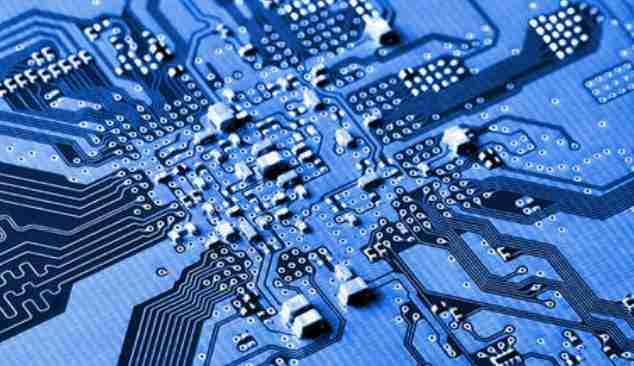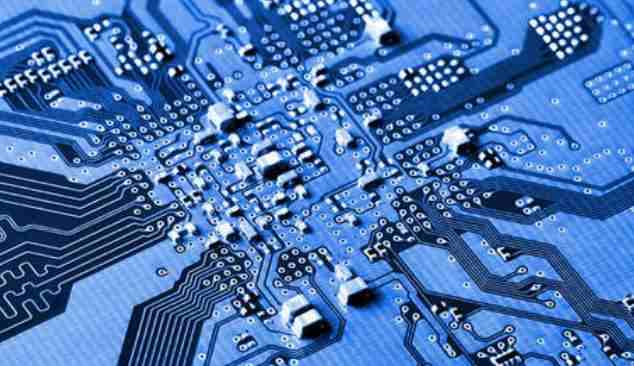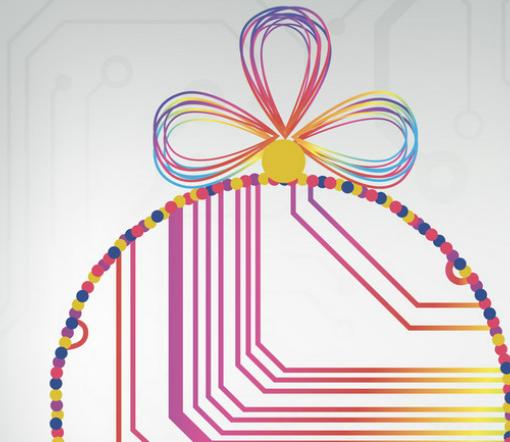
PCB is also known as the Printed Circuit Board (Printed Circuit Board), it can realize the circuit connection between electronic components and function realization, is also an important part of the power supply circuit design. Today, this article will introduce the basic rules of PCB board layout and wiring.
1. Basic rules of component layout
1. According to the layout of the circuit module, the related circuit to achieve the same function is called a module, the components in the circuit module should adopt the principle of nearby centralization, while the digital circuit and analog circuit separate; 2. Do not mount elements, components, and screws within 3.5mm(for M2.5) or 4mm(for M3) around non-mounting holes such as positioning holes and standard holes within 1.27mm around non-mounting holes. 3. Horizontal installation of resistance, inductance (plug-in), electrolytic capacitor and other components below the cloth hole, so as to avoid the hole after wave soldering and component shell short circuit; 4. The distance between the outer part of the component and the edge of the plate is 5mm; 5. The distance between the outside of the mounting element and the outside of the adjacent inserting element is greater than 2mm; 6. Metal shell components and metal parts (shielding box, etc.) can not touch other components, can not be close to the printed line, pad, the spacing should be greater than 2mm. The outer dimension of positioning holes, fastener mounting holes, oval holes and other square holes in the plate is greater than 3mm from the plate edge; 7. The heating element shall not be adjacent to the wire and the thermal element; High heat devices should be evenly distributed; 8. The power socket should be arranged around the printed board as far as possible, and the busbar terminal connected with the power socket should be arranged on the same side. Do not place power sockets and other welding connectors between them to facilitate the welding of these sockets and connectors and the design and binding of power cables. The spacing of power sockets and welding connectors should be considered to facilitate the insertion and removal of power plugs; 9. Layout of other components:
All IC components are aligned unilaterally, and the polarity of some polar components is clearly marked. The polarity marks on the same printed board shall not be more than two directions. When two directions appear, the two directions are perpendicular to each other. 10, the board wiring should be properly dense, when the density difference is too big, should be filled with copper foil mesh, mesh greater than 8mil(or 0.2mm); 11. There shall be no through hole on the patch pad, so as to avoid the loss of welding paste resulting in virtual welding of components. Important signal lines are not allowed to pass through the socket feet; 12, patch unilateral alignment, character direction is consistent, packaging direction is consistent; 13, polar devices in the same plate polarity mark direction as far as possible to keep consistent.
Two, component wiring rules

1. No wiring is allowed within the area less than 1mm away from PCB board edge and 1mm around the mounting hole; 2. The power cord should be as wide as possible, not less than 18mil; Signal line width shall not be less than 12mil; The cpu input and output lines should not be less than 10mil(or 8mil). Line spacing not less than 10mil; 3, the normal hole is not less than 30mil; 4, double straight insert: pad 60mil, aperture 40mil; 1/4W resistance: 51*55mil(0805 table paste); The pad is 62mil and the aperture is 42mil; Stepless capacitance: 51*55mil(0805 table sticker); The pad is 50mil and the aperture is 28mil. 5. Power cables and ground cables should be radial as far as possible, and signal cables should not be looped back.
How to improve anti-interference capability and electromagnetic compatibility?
How to improve anti-jamming ability and electromagnetic compatibility when developing electronic products with processor?
1, some of the following systems should pay special attention to anti-electromagnetic interference:
(1) The microcontroller clock frequency is particularly high, the bus cycle is particularly fast system.
(2) The system contains high-power and high-current drive circuit, such as relay generating spark, high-current switch, etc.
(3) System with weak analog signal circuit and high precision A/D conversion circuit.
2. To increase the anti-electromagnetic interference capability of the system, take the following measures:
(1) Select low frequency microcontroller:
The microcontroller with low external clock frequency can effectively reduce the noise and improve the anti-interference ability of the system. Square wave and sine wave of the same frequency, square wave has much more high frequency component than sine wave. Although the amplitude of the high frequency component of the square wave is smaller than that of the fundamental wave, the higher the frequency, the easier it is to emit as a noise source. The most influential high frequency noise produced by the microcontroller is about 3 times of the clock frequency.
(2) The microcontroller to reduce the distortion in signal transmission is mainly manufactured by high-speed CMOS technology. The static input current of the signal input terminal is about 1mA, the input capacitance is about 10PF, and the input impedance is quite high. The output terminals of high-speed CMOS circuits have considerable load capacity, that is, quite large output value. If the output end of a gate is led to the input terminal with quite high input impedance through a very long line, the reflection problem is very serious, which will cause signal distortion. Increase system noise. When Tpd "Tr", it becomes a transmission line problem, must consider signal reflection, impedance matching and so on.







